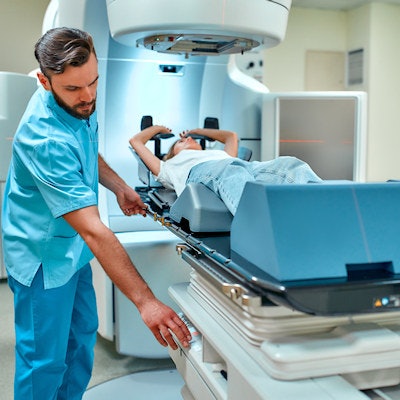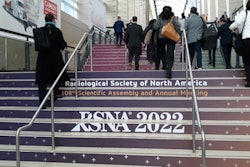
A shortage of radiation oncologists may be looming in New Zealand, according to the results of a survey that are being presented at this week's New Zealand Annual Scientific Meeting (ASM) 2022, hosted by the Royal Australian and New Zealand College of Radiologists (RANZCR).
In the study, RANZCR researchers analyzed the number of people in New Zealand expected to be diagnosed with cancer each year and compared the figure to the number of radiation oncology professionals expected to be in the workforce.
The result? A big mismatch between supply and demand that could lead to burnout among radiation oncologists, Dr. Shaun Costello of Mercy Hospital in Dunedin, New Zealand, the study's lead author, said in a keynote presentation.
More specifically, about 25,000 New Zealanders are diagnosed with cancer every year, a number that is expected to rise with an aging population. This translates into a need for 85 radiation oncologists by 2031 -- compared to 69 radiation oncologists currently practicing in the country.
The situation is even worse if New Zealand is to achieve the level of oncology service currently available in Australia. With that as a target, New Zealand would need 129 radiation oncologists practicing by 2031.
And the current situation in New Zealand is hardly ideal. The report notes that patients are already experiencing long waits and delays for radiation therapy procedures in the country, and radiation oncologists are already working long hours.
"With the rising number of cancer incidences in New Zealand, we will soon find ourselves in a devastating situation where we are not able to provide quality cancer treatment and care if we do not invest to address the radiation oncology workforce shortage now," said Dr. Sanjay Jeganathan, RANZCR's president.
The ASM conference will continue over three days, with 300 radiologists, radiation oncologists, and researchers meeting in Queenstown. Other important research to be presented at the meeting includes a study of PET imaging of prostate-specific membrane antigen radiopharmaceuticals, MRI for adnexal lesions, gynecology oncology imaging, and imaging of fibroids and endometriosis.



















